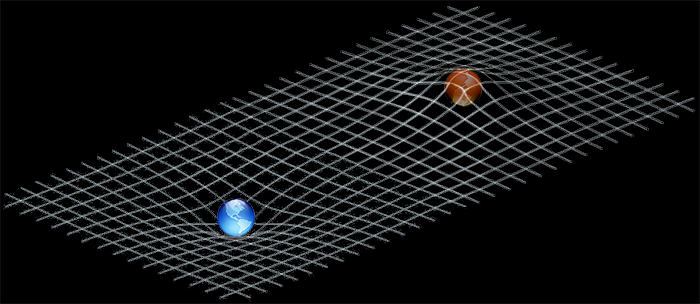Carve-in
{{a|def|Carve-in|/kɑːv ɪn/|
As its name suggests, is the inverse of a carve-out. Not the opposite, exactly — that’s a plain incluso: tedious, sure, but undoubtedly part of the Euclidean geometry of legal practice, beaten into every student of the law at the very first opportunity — but an exception. Of a broad class of things excluded, it is an exemption. A special one.
It is thus something more special, and ephemeral: to a Henry Moore, it is a hole: to an astronomer, dark matter; to a spiritualist, a kind of phantom that invents itself whole-cloth out of the immaterial fabric of the dark. It is Lazarus: dead, but resurrected. A loved one that was taken away too soon, but miraculously returned to the bosom of the family.
It is also a trip down a so-called carval chain — it is a branch of fractal geometry — for just as there can be exceptions (carve-outs) to a general list, and carve-ins from those carve-outs, so can there be carve-back-outs from those carve-ins, and so on, ad infinitum into perpetuity, and at any point along that journey the landscape seems the same.
This piques our curiosity at first but then a dreadful thought occurs and, once it has flashed across the Cartesian theatre of a young eagle’s mind it can never again be banished. It will keep you up at night, my friends. For, readers: if you can travel down a carval chain without fear of finding its end, and at all times it looks the same, then how will you ever find your way back to the top layer, the most general categorisation? Is there one? Do perhaps carve-ins and carve-outs extent both forward and backward infinitely? Are they constrained by space-time as we know it? Might they curve into an alien geometry that our Euclidean eyes cannot fathom? Is this what is meant by the carvature of the space-time continuum?
